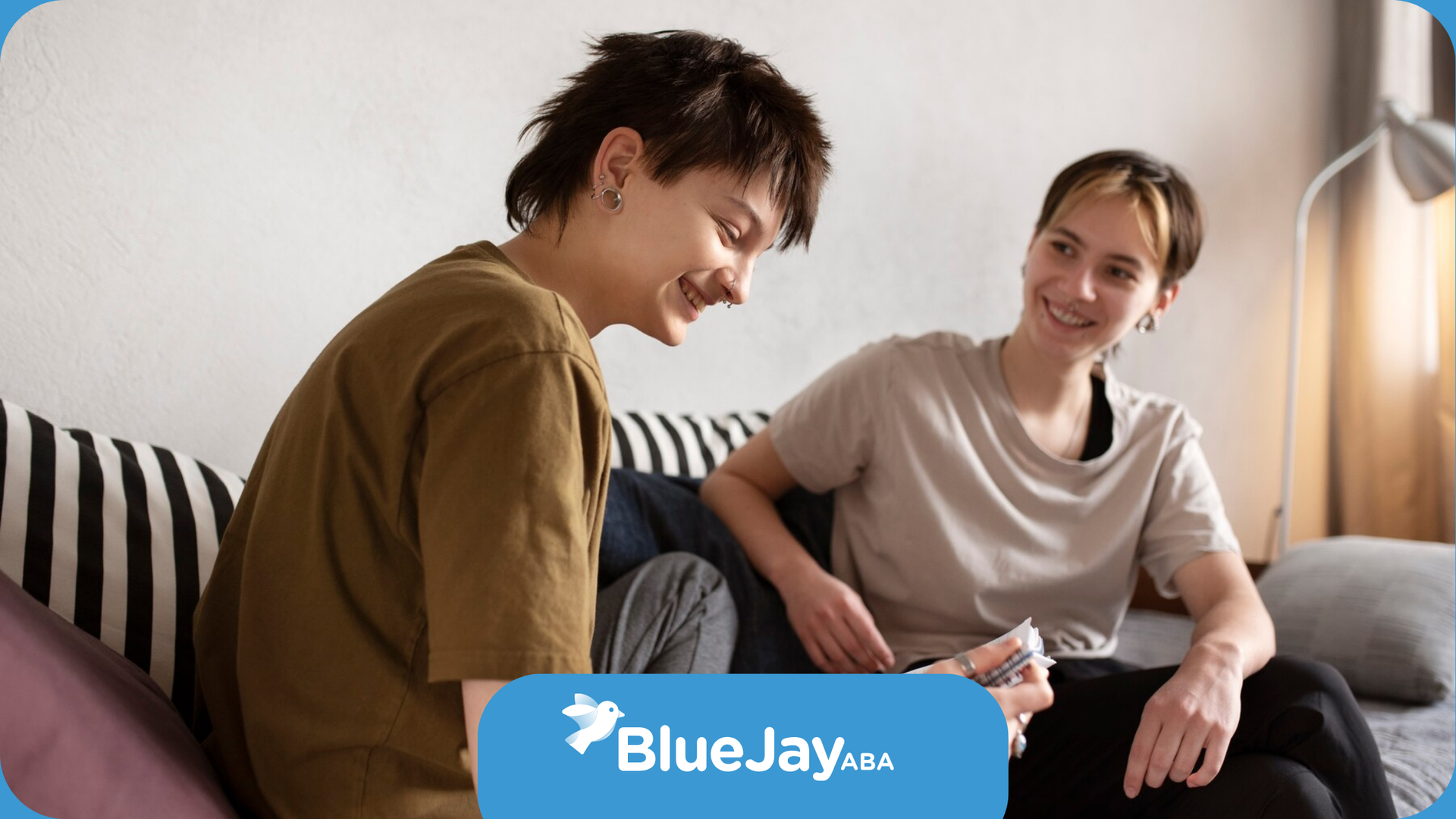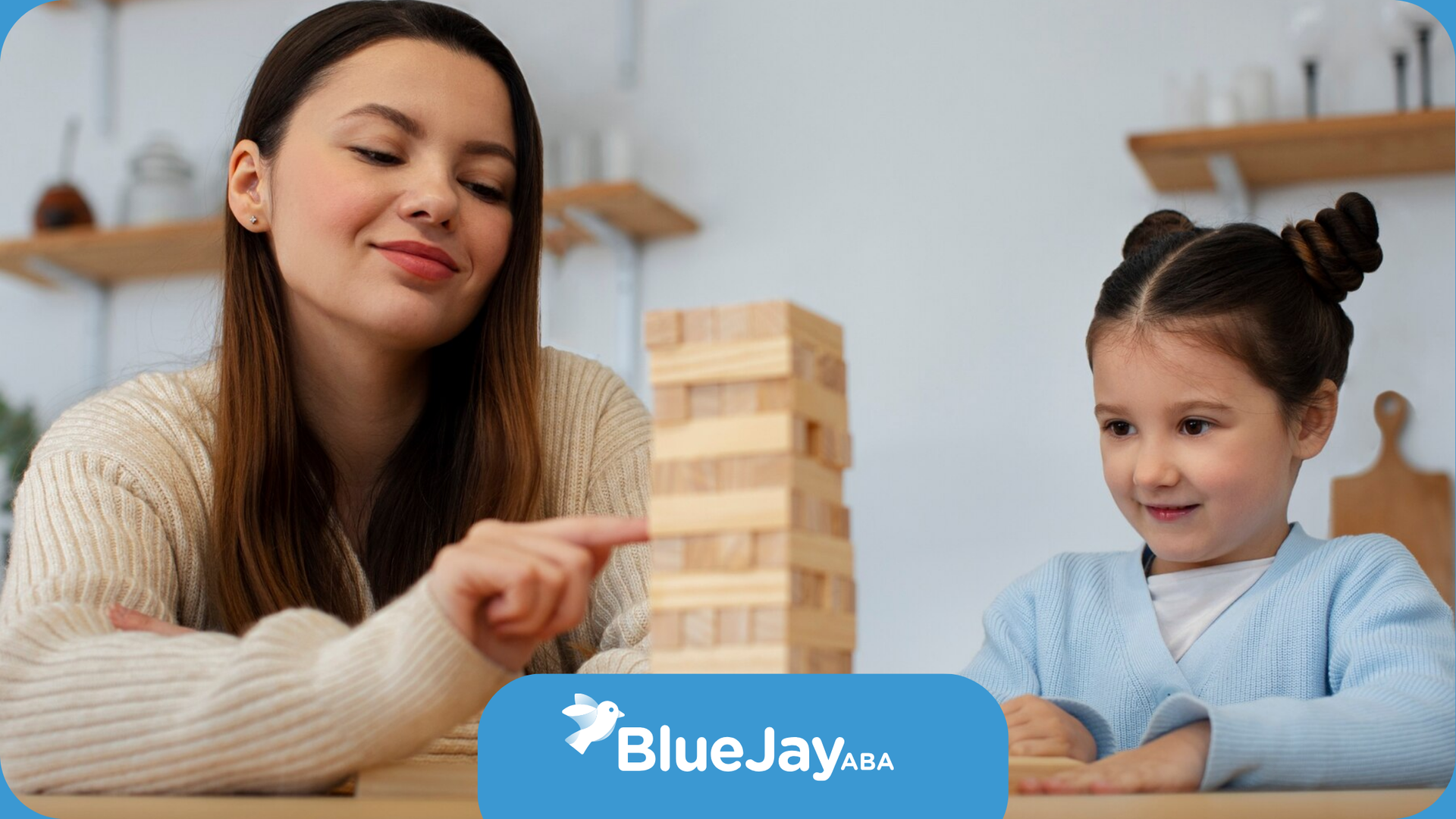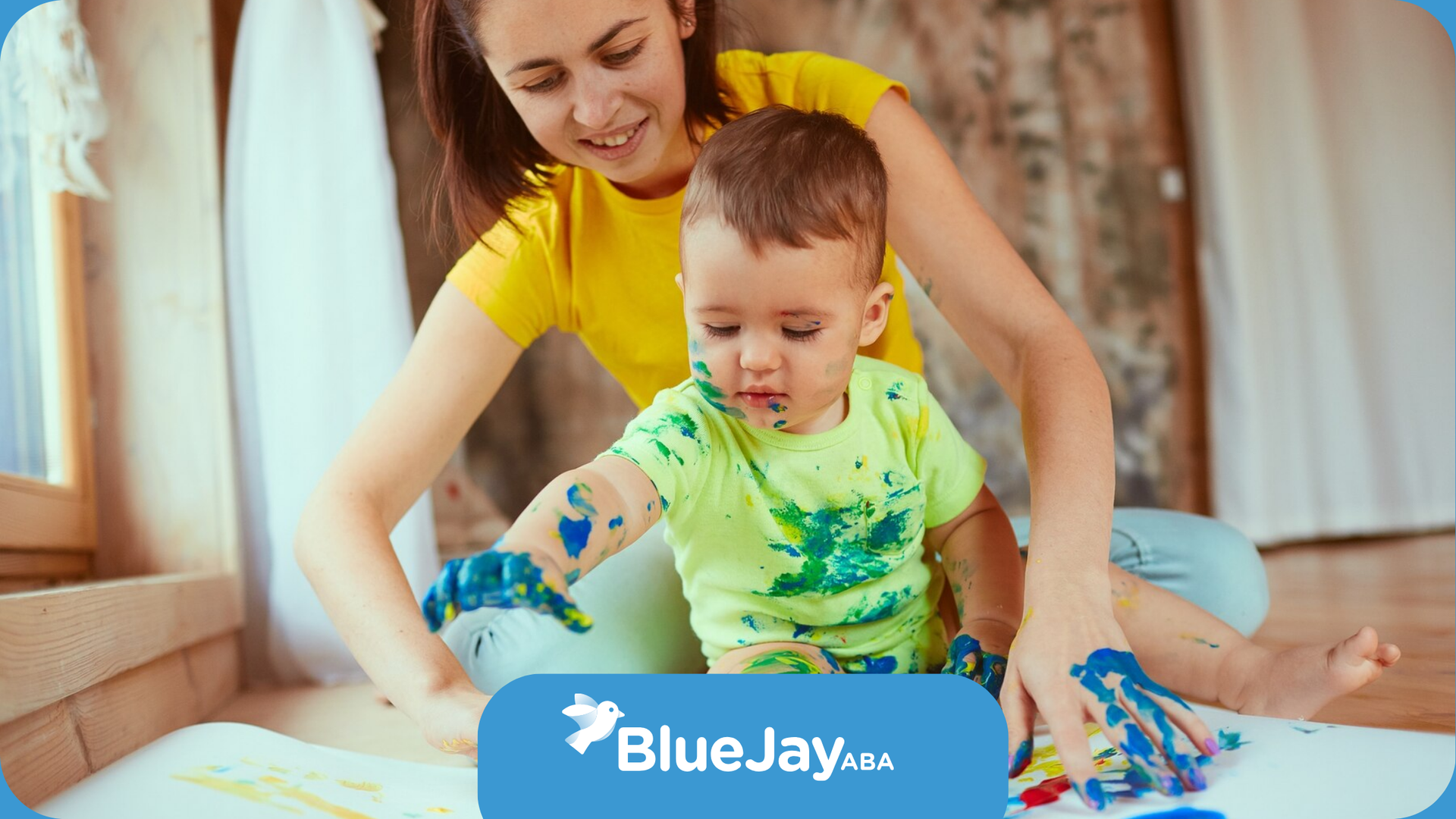Unraveling the Benefits of Home-Based ABA Therapy
Understanding ABA Therapy Settings
Applied Behavior Analysis (ABA) therapy is all about helping kids with autism pick up crucial skills. This therapy mainly rolls out in two settings: at home or in a center. Getting a good handle on each option is key for parents figuring out the best path for their child.
Home-Based ABA Therapy Overview
Home-based ABA therapy is all about bringing the therapist to the child’s turf – home sweet home. By observing in this everyday setting, the behavior analyst can connect with the child more naturally. It's been shown that the comfort of being in familiar surroundings makes kids more at ease, boosting cooperation and interest during sessions.
Being at home feels less overwhelming for kids, encouraging them to join in the fun and games. Plus, it’s a chance for family members to watch and get in on the action, learning pointers they can use every day.
| Home-Based ABA Therapy Key Features | Description |
|---|---|
| Familiar Spots | Kids are comfy, making them more likely to join in. |
| Family Participation | Family can see and pitch in with therapy. |
| Custom Sessions | Sessions fit into the kid's daily groove. |
Center-Based ABA Therapy Overview
Center-based ABA therapy takes place in specialized spots like clinics or therapy centers. These places are set up for planned learning, letting kids dive into organized activities. Research backs up a bunch of perks from center-based therapy, like better social skills and communication.
Centers give children a special chance to try out new-found skills among friends, building those key social chops. And this kind of setup gets them ready for school and other places where they'll mix with others. There’s less everyday noise, helping them focus and learn better.
| Center-Based ABA Therapy Key Features | Description |
|---|---|
| Organized Space | Focused learning without distractions. |
| Social Play | Chance to practice with other kids. |
| Boosted Learning | Helps with communication in different places. |
Both home and center-based ABA therapy have what it takes to help kids with autism make big strides. Picking between them means looking at what each setting offers, both good and not so much. For more on how effective these are, take a peek at our articles on in-home ABA therapy effectiveness and center-based ABA therapy outcomes.
Benefits of Home-Based ABA Therapy
Home-based ABA therapy has some neat perks that catch the eye of many families. Two of the biggest pros are how comfy the home setting is and the chance for family to jump right in.
Familiar Environment Perk
Let’s talk about one of the best things about home-based ABA therapy—it lets kids get help in their own space. Therapists can see how kids act in their everyday world, getting a real peek into their normal routines and how they deal with stuff. Kids tend to open up faster when they’re kicking back at home, and things usually run smoother when they’re in their comfort zone.
This cozy setting helps kids use what they've learned in therapy right where they picked it up—in their own environment. They’re more likely to stick with these skills when they've been practicing them at home.
Family Involvement Perks
Having therapy at home also makes it super easy for the whole family to get involved. Siblings and other family members can join in, making therapy a chance for kids to work on talking and getting along with others. The therapist can give tips and pointers, turning family time into learning time.
Family involvement isn’t just nice to have, it’s essential. Parents help keep their kids moving forward, using what they've learned to help them grow and remember new skills. Kids get to practice what they've learned, not just in sessions but in their daily life. Get more ideas on how families can support therapy by visiting our section on home ABA therapy family involvement.
With a familiar scene and family right there, home-based ABA therapy makes a solid choice for helping kids with autism and similar needs.
Benefits of Center-Based ABA Therapy
Center-based ABA therapy brings along some powerful perks that can make a significant difference for kiddos with autism and similar conditions. Among the top advantages are the structured setup and chances for social mingling, both crucial for helping our little learners grow.
Structured Therapy Environment
One major plus of center-based ABA therapy is the special space it provides. In this dedicated setting, kids start to think, "Alright, it's therapy time!" helping them concentrate and get the most out of their sessions. This peaceful setting cuts out distractions and lays down a steady routine.
For many children with autism, having a consistent routine is like having a trusted friend by their side. The center’s thoughtful design helps set predictable vibes, which can boost learning speeds. Kids can try out a variety of activities, all under the watchful eye of skilled pros, ensuring ABA techniques are used just right.
| Feature | Center-Based ABA Therapy | Home-Based ABA Therapy |
|---|---|---|
| Dedicated Space | Yes | No |
| Consistent Routine | Yes | Variable |
| Minimized Distractions | Yes | Depends on Home Environment |
| Structured Activities | Yes | May Vary |
Social Interaction Opportunities
A big part of the scene at center-based ABA therapy is getting to mix and mingle. When children work on their skills in a cozy, supportive place, they're prepping for real-world settings like school and the neighborhood.
Playing and chatting with other kids not only brings those skills to life but also encourages making friends—a key ingredient in growing up. Basic social moves like taking turns, sharing, and reading the room become second nature over time. And with trained staff guiding the kids’ interactions, you can bet it paves the way for positive therapy results.
Building solid social skills stands tall for kiddos with autism, helping them ease into different crowd settings. The orderly environment at the therapy center reinforces good behavior, giving kids the tools they need to shine.
Families looking into their options might find it helpful to weigh these benefits against home-based ABA therapy advantages to make the best decision for their child's needs.
Considerations for Home-Based ABA Therapy
When thinking about home-based ABA therapy, there are a few things to keep in mind that might affect how well it works and if it makes sense for you. It's important to look at how progress is tracked and how much it costs, as these give helpful clues for parents and families.
Progress Monitoring in Home Setting
Keeping an eye on progress at home has its ups and downs. With home-based ABA therapy, therapists get a peek into the child's everyday life, spotting what sets them off or helps them succeed in a real-world setting. This means interventions can be tailor-made for what happens in the home day-to-day.
The tricky part is gathering data consistently. Parents need to roll up their sleeves and keep track of what happens between sessions to keep things on track. This might mean jotting down behaviors, what techniques were used, and how the kiddo handled the therapy. A bit of extra training for family members can make a big difference in hitting those therapy goals.
Cost Comparison and Insurance Coverage
Cost plays a big role when you're choosing between home and center-based ABA therapy. For home-based ABA, you're typically looking at $40 to $60 per hour, while center-based therapy might set you back around $50 to $75 per hour.
| Therapy Type | Average Cost per Hour |
|---|---|
| Home-Based ABA | $40 - $60 |
| Center-Based ABA | $50 - $75 |
Home-based therapy often costs less since you’re not paying for upkeep of a facility or getting the child there. Still, the way insurance covers these therapies can be all over the place. Families should have a chat with their insurance to find out what's covered.
To get a better handle on their options, families can dive into ABA therapy center location comparison to see what local insurance services and reimbursement policies might be available.
To wrap it up, looking closely at how you’ll track progress and what the costs look like can guide families to choose between home and center-based ABA therapy that's right for them.
Considerations for Center-Based ABA Therapy
Thinking about ABA therapy choices? Center-based therapy brings some neat perks for kiddos with autism. This part digs into the expert help and skill-building magic happening in these centers, along with the great socializing and prep-for-life stuff they offer.
Professional Support and Skill Development
At a center for ABA therapy, kids get to hang out with real pros who know the ropes of using those special ABA methods. Having these skilled folks around means kids get top-notch, science-backed care that actually helps. The setup and vibe of these places help kids learn quicker and get the hang of new skills faster.
Kids in a center get a reliable therapy groove going. Having a routine and knowing what's coming really matters for those with autism. Here's a quick rundown of the cool support you'll find in center-based ABA:
| Feature | Description |
|---|---|
| Trained Professionals | Therapists with extras in ABA know-how. |
| Evidence-Based Interventions | Methods backed by science that actually work. |
| Consistent Structure | Regular schedules and spaces crafted for learning. |
| Tailored Approaches | Custom plans that match each kid's needs. |
Socialization and Preparation for Transitions
One awesome thing about center-based ABA therapy? Kids get to make friends! These programs build pretend-world spaces, like classrooms, where kiddos boost their chat and behavior skills, getting ready for real-world hangouts like school.
The lively setup helps kids get social, crucial for nailing those people skills. With planned games and interactions, children figure out social cues, sharpen their talking skills, and practice all sorts of stuff with a helping hand nearby. Benefits of all this friend-making include more confidence, better people skills, and being way more ready for casual environments.
| Socialization Benefit | Description |
|---|---|
| Peer Interaction | Hanging out and playing with pals boost social intelligence. |
| Communication Skills | Safe space to work on talking and body language tricks. |
| Transition Readiness | Get ready for all those social situations in schools and beyond. |
Weighing up the specialized support and the chance for social and emotional growth in center-based ABA therapy helps parents, family, and teachers choose what's right for their unique kiddo.
Making the Decision
Deciding between home-based and center-based ABA therapy isn't all black and white; there's stuff to mull over. Every kid is different, and each setting might work its magic differently for children with autism.
Factors to Consider
Families kinda have a checklist of things to think about while picking the right therapy for their kid. So, what changes the game?
| Factor | Home-Based ABA Therapy | Center-Based ABA Therapy |
|---|---|---|
| Environment | Kids stay comfy in their own space | A setup designed for learning |
| Family Involvement | Welcomes the whole family's help | Less family time during sessions |
| Social Interaction | Depends on what’s happening at home | More chances to chill with other kids |
| Cost | Usually easier on the wallet | Prices can differ by center |
| Scheduling | Flexible with timing | Set hours keep things regular |
Research nods to both home-based and center-based ABA therapy as being winners in boosting communication, behavior, and life skills for kids. But in the end, it's about what's best for your child.
Individualized Approach for Success
When it comes to ABA therapy, one size surely doesn’t fit all. The magic lies in tailoring it to each child's special needs.
Here’s what a solid treatment plan for ABA therapy looks like:
- Diagnosis Peek: Checking out the child’s needs and conditions.
- Insurance Rundown: Knowing what’s covered and what's not.
- Assessments: Gauging the child's current skills and hurdles.
- Tailored Goals: Crafting goals just for the child.
- ABA Techniques Rollout: Using strategies meant to boost results.
- Coordination Across Settings: Keeping methods consistent at home, therapy, and school.
These elements lay down a sturdy base for therapy, aiding in polishing communication and behaviors. Research backs the idea that Early Intensive Behavioral Intervention (EIBI), with hefty hours of ABA each week, is a big booster for different skill sets.
Picking between therapy at home or at a center needs some good old thinking over the points mentioned above. Parents should ensure the choice matches the child’s special needs and life situation.
Need Assistance?
We’re Here to Help
Our expert team is ready to support your child’s development and well-being.
We are committed to offering tailored ABA therapy solutions that promote growth.
Contact us today for Professional ABA Therapy.
Related Posts
MENU
GET IN TOUCH
STAY CONNECTED
Join our newsletter and find out more
Contact Us
We will get back to you as soon as possible
Please try again later







